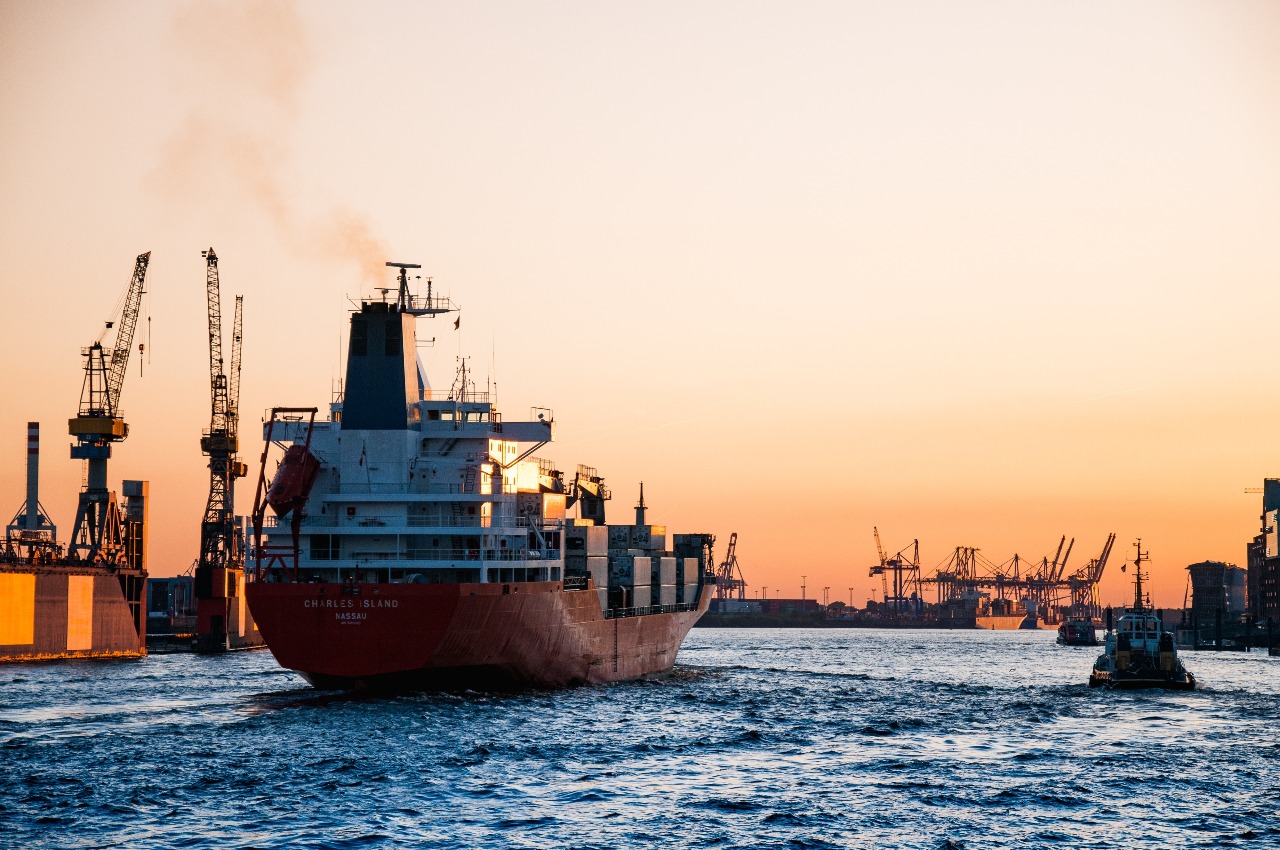Transloading is restructuring supply chains — and delivering better results for shippers in the process.
As transloading continues to outperform expectations, shipping and logistics professionals can expect supply chains to adapt accordingly. Indeed, the rising cost of freight has led supply chain managers to consider more affordable and efficient options throughout the shipping and logistics landscape.
Transloading — the process that optimizes the transfer of freight from one mode of transportation to another — allows businesses to consolidate shipments, reduce the number of trips needed to transport a full order, and exercise greater control over the supply chain from start to finish. With freight prices on the rise, shippers should consider the benefits of transloading — as well as which logistics partners are best positioned to help them achieve their business goals.
Lower Costs, Higher Flexibility
Through transloading, shippers stand to benefit from lower overhead, more streamlined management, and increased supply chain flexibility.
Notably, transloading enables shippers to significantly reduce their landed costs. After all, shipping freight in five or six smaller containers is less cost-effective than combining shipments in one or two larger containers. Transloading, however, offers logistical incentives for shippers since it reduces congestion and allows carriers to more efficiently use space.
Additionally, transloading benefits businesses looking to streamline their supply chain. If a shipper works with a specific carrier, for example, the contracted company can have wider control throughout the transit process. If that carrier has the capacity, they can more easily route shipments, often bypassing distribution centers, moving freight through the pipeline promptly, and avoiding handling fees. As a result, shippers and their business partners alike can reduce costs and improve efficiency.
The practice of transloading also makes the supply chain more flexible. Because the process involves the transfer of freight from one mode to another — and sometimes from one carrier to another — shippers can change the final destination of a shipment and modify its journey in order to meet shifting demand.
Driving Value for Agile Shippers
As shippers rely on transloading in increasing numbers, the trend promises to have significant effects on the modern supply chain. By cutting costs, consolidating shipments, and boosting efficiency, transloading may become something closer to the rule rather than the exception.
Shipping and logistics professionals know, however, that there’s no such thing as a one-size-fits-all solution. Shippers should do their due diligence to understand how transloading affects transit times, ensure that loading and unloading fees are ultimately worth the investment, and compare the process with other logistical strategies.
Partnering with the Right Logistics Providers
While transloading may seem attractive to businesses of any size and scale, it can be difficult for small- and mid-sized companies to navigate the shipping and logistics market on their own. With the right third-party logistics (3PL) partner or integrated logistics services provider (ISP), however, shippers can leverage existing infrastructure and expertise to make their supply chains more efficient and cost-effective.
At Primary Freight, we’ve been helping clients optimize their supply chains for over 20 years. With longstanding partnerships throughout the shipping and logistics landscape, our award-winning team has the resources companies need to meet their goals in a dynamic, evolving economy. Thanks to cutting-edge technology and sophisticated logistical capabilities, Primary Freight can design custom shipping solutions to accommodate your needs and your budget.
Contact us today at (800) 635-0013 to find out how Primary Freight can make your supply chain leaner and more cost-effective than ever before.
